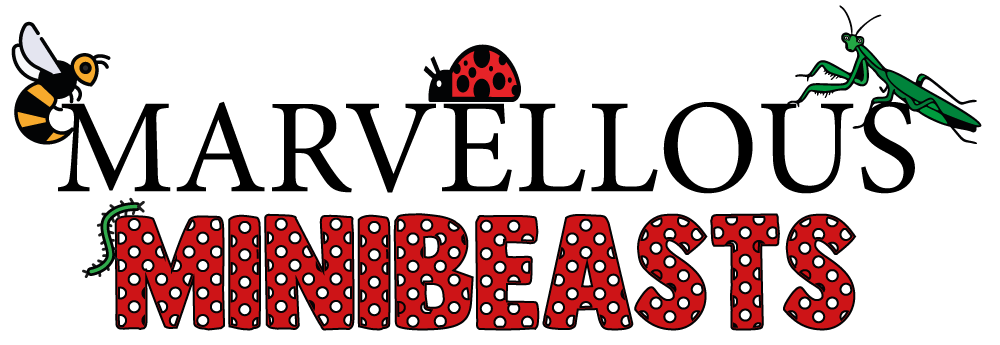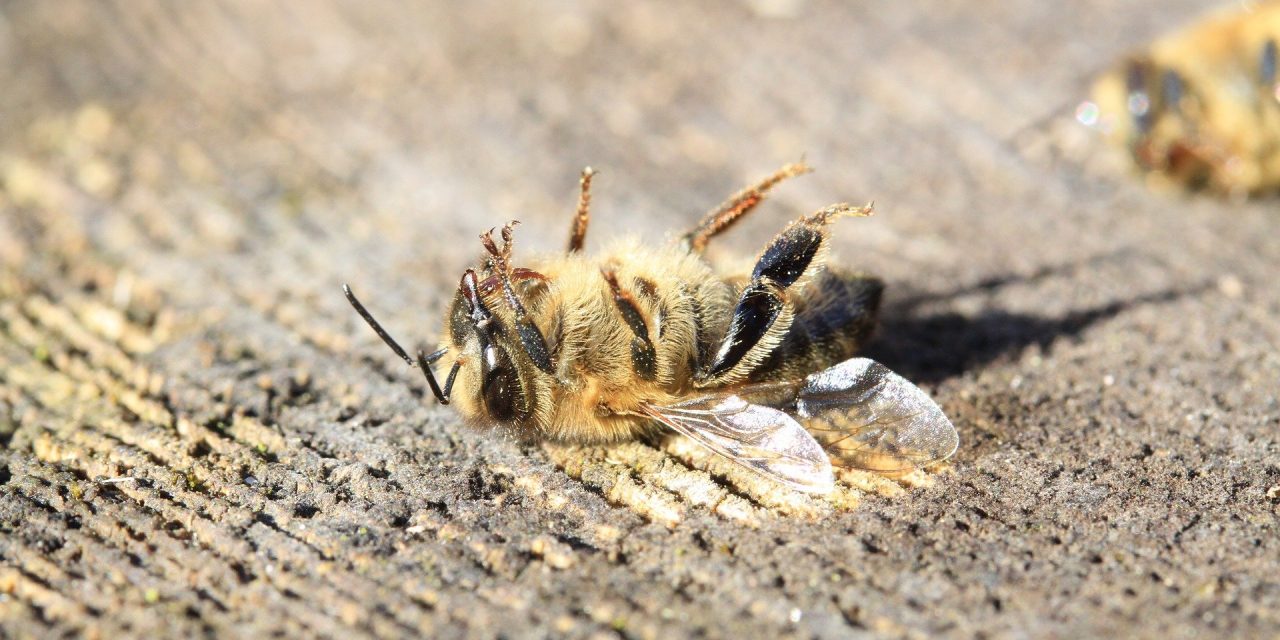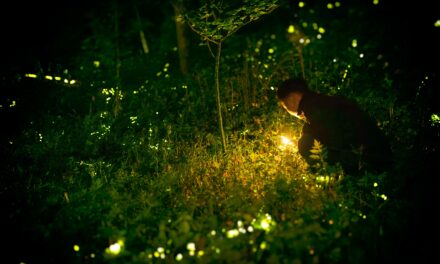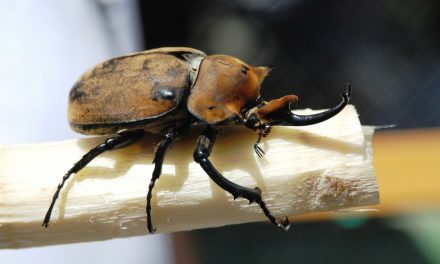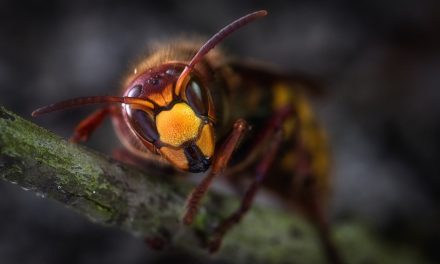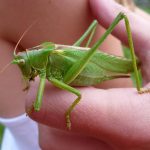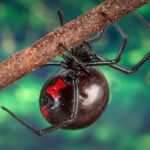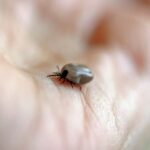You might have noticed that many different types of dead insects will be found in pretty much the same position. The majority of dead insects will typically be found on their backs, and there are actually many different reasons for this. It is quite common to find things like dead flies on their backs on your windowsill, and lots of insects will be found in this position when they are dead or dying.
It might not be the most pleasant of things to think about, but this might leave you wondering why this occurs. Something that many people want to know is whether the insect died because it got stuck on its back or if it ended up on its back because it was dying. Interestingly, these are both reasonable possibilities to consider.
To help you to understand why insects turn over when they die, we are going to explain all of the different reasons why this can happen. There is no one explanation that can answer this question, as it can be influenced by lots of different things. So, to find out more about why insects turn over when they die, just keep reading.
Why Do Insects Turn Over When They Die?
The main reason why insects turn over when they die is due to the fact that when a bug nears death, normal blood flow will cease, which will cause the legs to contract inwardly. Without the support of the legs to aid them, the body becomes too heavy and will result in the insect falling upside-down. In this instance, it is simply a case of physics. However, this isn’t always the case.
Insecticides
Another reason why an insect might be dead on its back is because of insecticides. This type of poison is a common killer for insects, and they work by disrupting different nerve impulses and shutting down all communication in a bug’s nervous system. Ultimately, this poison will completely ruin an insect’s coordination ability and it will even cause things like spasms and convulsions.
If a bug in such a condition were to end up on its back or spasm so hard that it were to flip over, then it is very much unlikely that they will be able to right themselves again. This means that they will be stuck on their backs until they eventually die. So, this is another reason why you might find a dead insect on its back.
Size
Even if there were no outside influences or environmental factors that contributed to an insect’s death, they may still end up on their back due to their small size. Something that you might not have thought of is that simple things, like a breeze, could be enough to flip over a bug, and an insect that is weak, injured, or already dead will not be able to flip itself back up the right way.
Position of Flexion
Another explanation that would explain why an insect would die on its back is something that is called the position of flexion. If you didn’t already know, when an insect is either dead or dying, it will not be able to maintain tension in its leg muscles. This will cause the insect to fall naturally into a state of relaxation. It is thought that in this relaxed state, the insect’s legs will curl or fold up, which causes it to fall over onto its back before it dies.
What Happens If a Bug Flips Onto Its Back?
If a bug is flipped over onto its back, it will put its legs to work in order to rock side to side until it is able to right itself. However, if the bug is too weak or unwell to roll the right way up, then it will remain stuck on its back and eventually die.
In such a position, the insect will be unable to get the food and nutrients that it needs, and it also won’t be able to protect itself from predators or the elements. This means that it will die very soon if it can’t flip over again. Anything from an injury to a lack of food or water can be the reason why an insect is too weak to right itself. As well as this, the insect may already be reaching the end of its life, which means that its strength and coordination abilities are already lessening.
Do All Bugs Die On Their Backs?
Not every bug will die on its back, but it is one of the most common positions to find a dead insect in. More often than not, due to all the reasons that we have mentioned above, an insect will die on its back.
Should I Help an Insect That is Stuck on Its Back?
If you ever see an insect that is stuck on its back, there is nothing stopping you from helping it to right itself. Most of the time, they will be able to do this themselves, though it can take some time and effort, but you can help them to speed things up.
However we can’t promise that you are saving their life, as if they are unwell or dying, it is going to happen anyway. Though, you might be doing them a favour if they were simply dehydrated.
Why Don’t Insects Decompose After They Die?
Insects will not decompose in the same way that people and other animals do due to their hard exoskeleton that is really tough to break down. Interestingly, this is the reason why we have so many insect fossils to look at. There is evidence of insect lineages through fossil histories, and as disgusting as it might sound, lice have even been found on combs that date back to around two thousand years ago.
When they are in the right preservation conditions, dried insects can stay around for quite an impressive amount of time. They may even still be around thousands of years later, which is great for bug collectors and scientists.
